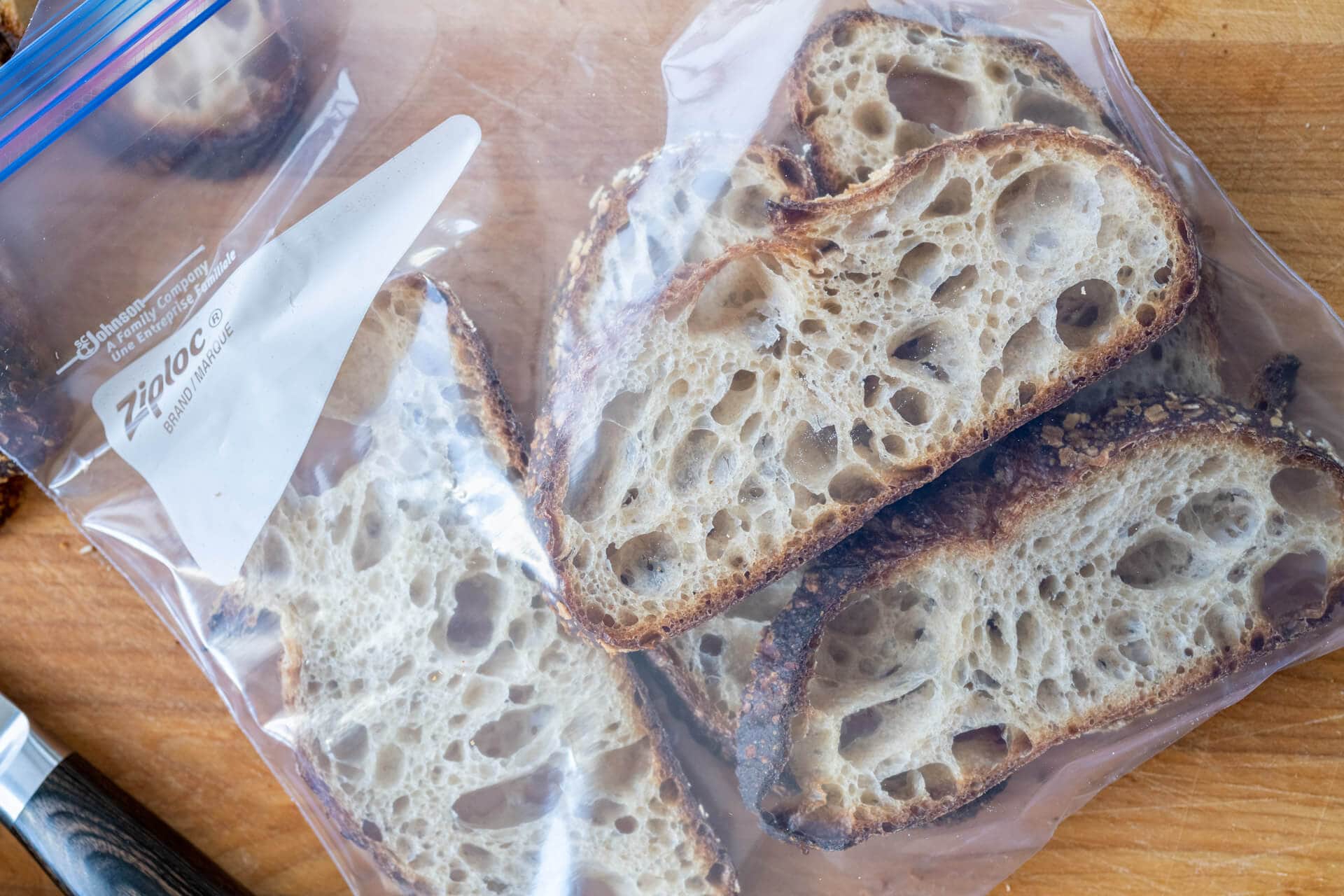

Articles
How To Store Fresh Baked Bread After Cutting
Modified: January 19, 2024
Looking for tips on how to store fresh baked bread after cutting? Check out our informative articles for expert advice and keep your bread tasting fresh for longer!
(Many of the links in this article redirect to a specific reviewed product. Your purchase of these products through affiliate links helps to generate commission for Storables.com, at no extra cost. Learn more)
Introduction
When it comes to freshly baked bread, there is nothing quite like the aroma and taste of a warm loaf straight from the oven. However, as delicious as it may be, it is often not possible to consume an entire loaf in one sitting. Properly storing bread becomes essential to maintain its freshness and prevent it from going stale. In this article, we will explore the best practices for storing freshly baked bread after cutting it.
Why is it important to store bread properly? Well, bread is a delicate food item that can quickly lose its freshness if not stored correctly. Exposure to air can cause the bread to dry out and become stale, compromising its flavor and texture. Moreover, improper storage can lead to mold growth or a rapid decline in quality, resulting in wasted food and diminished eating experience.
Now that we understand the importance of proper bread storage, let’s delve into the best ways to store freshly baked bread after cutting it.
Key Takeaways:
- Properly storing freshly baked bread is crucial to maintain its freshness, flavor, and texture. From cooling and wrapping to choosing the right storage location, these steps ensure every slice stays delicious for longer.
- Freezing surplus bread allows for convenient and flexible usage, while proper reheating methods revive its delightful taste and texture. By following these best practices, you can savor every slice of freshly baked bread to the fullest.
Read more: How To Store Freshly Baked Bread
Why is it important to store bread properly?
Properly storing bread after cutting is of utmost importance to maintain its freshness, flavor, and texture. Here are a few reasons why it is crucial to store bread properly:
- Preserve freshness: Bread is a perishable food item, and without proper storage, it can quickly become stale. When bread is exposed to air, it starts to lose moisture, resulting in a dry and tough texture. By storing bread properly, you can help retain its moisture content and keep it fresh for longer.
- Prevent mold growth: Bread is susceptible to mold growth, especially in humid environments. Mold not only affects the taste and quality of the bread but can also pose health risks. Proper storage, such as using airtight containers or wrapping the bread tightly, can prevent mold from forming and extend the shelf life of the bread.
- Maintain flavor and texture: When bread is left uncovered or stored inappropriately, it can quickly lose its delicious aroma and become stale. Proper storage methods help preserve the flavor and texture of the bread, ensuring that every bite is as enjoyable as the first. Whether it’s a freshly baked baguette or a homemade loaf, proper storage ensures that the bread retains its desirable qualities.
- Reduce food waste: Improperly stored bread often ends up going to waste. By practicing proper storage techniques, you can extend the shelf life of bread, reducing the amount of food wasted. This not only saves money but also promotes sustainability and responsible consumption.
Overall, when you store bread properly, you can enjoy the full freshness and taste of your baked goods, minimize food waste, and ensure that you get the most out of every loaf. Let’s now explore the best ways to store freshly baked bread after cutting it.
The best way to store freshly baked bread
Storing freshly baked bread properly is key to maintaining its freshness and quality. Follow these steps to ensure your bread stays delicious:
- Cool the bread completely: Allow the freshly baked bread to cool completely before storing it. Placing warm bread in a closed container can trap moisture, leading to a soggy texture and potential mold growth. Let it cool on a wire rack for at least an hour before moving on to the next step.
- Wrap the bread tightly: Once the bread has cooled, wrap it tightly to protect it from air exposure. You can use plastic wrap, foil, or beeswax wraps. The key is to create a seal that prevents moisture loss and keeps the bread fresh. Make sure the wrap is secure but not too tight to avoid crushing the bread.
- Store at room temperature or in the refrigerator: The best storage location for bread depends on how quickly you plan to consume it. If you will be enjoying the bread within a couple of days, it can be stored at room temperature in a cool, dry place, away from direct sunlight. However, if you want to extend its shelf life, consider storing it in the refrigerator. Note that refrigeration can accelerate staling, so it’s best to consume refrigerated bread within a few days.
- Avoid storing bread in plastic bags: Storing bread in plastic bags can trap moisture, resulting in a soggy texture and potential mold growth. It’s best to opt for breathable wrapping materials or containers that allow some airflow while still protecting the bread from drying out.
- Consider using a bread box or bread bag: If you prefer to keep your bread on the countertop, consider investing in a bread box or using a specialized bread bag. These containers provide a suitable environment for storing bread, allowing it to breathe while keeping it fresh.
- Freeze if storing for a longer period: If you have more bread than you can consume within a few days, freezing is an excellent option. Slice the bread before freezing to make it easier to defrost and use as needed. Wrap the individual slices tightly in plastic wrap or place them in a freezer-safe bag. Frozen bread can last for several months, and you can thaw and toast it as desired.
By following these steps, you can ensure that your freshly baked bread stays fresh, flavorful, and enjoyable for as long as possible. Next, let’s explore how to reheat stored bread to bring back its delightful taste and texture.
Cool the bread completely
After taking the freshly baked bread out of the oven, it’s important to allow it to cool completely before storing it. Cooling the bread is a crucial step to prevent moisture buildup and maintain its texture.
When bread is first baked, it retains a significant amount of residual heat. If you seal the bread while it’s still warm, the trapped heat can create condensation inside the container or wrapping, leading to a soggy texture and potential mold growth.
To cool the bread properly, follow these steps:
- Transfer the bread from the baking pan or sheet to a wire rack. The wire rack allows air to circulate around the bread, promoting even cooling.
- Place the wire rack in a well-ventilated area, away from any heat sources or direct sunlight.
- Allow the bread to cool for at least one hour. Depending on the size and thickness of the loaf, it may take longer to cool completely.
It’s important not to rush this cooling process. While it may be tempting to slice into the warm bread and enjoy its aroma and soft texture, allowing it to cool fully will ensure the best storage results. Once the bread has cooled, it’s ready to be wrapped tightly and stored properly to maintain its freshness.
By ensuring that the bread is completely cooled before storage, you can minimize the risk of moisture retention and maintain the desired texture and flavor of the bread. Now that the bread is properly cooled, let’s move on to the next step: wrapping it tightly.
Wrap the bread tightly
Once the freshly baked bread has cooled completely, the next step is to wrap it tightly to protect it from air exposure. Proper wrapping creates a barrier that helps retain moisture and prevents the bread from drying out or becoming stale.
Here are some options for wrapping bread:
- Plastic wrap: Plastic wrap is a common option for wrapping bread. Start by placing the loaf on a clean surface or cutting board. Gently but tightly wrap the plastic wrap around the bread, ensuring no air can seep in. Be careful not to press too hard and squish the loaf.
- Foil: Foil is another effective option for wrapping bread. It provides a sturdy, protective layer that helps preserve freshness. Wrap the bread tightly with aluminum foil, making sure to cover the entire loaf.
- Beeswax wrap: Beeswax wraps are eco-friendly and reusable alternatives to plastic wrap. They provide a natural, breathable covering for bread. Simply wrap the bread tightly with the beeswax wrap, pressing the edges to create a seal. Beeswax wraps can be purchased or made at home using cotton fabric and beeswax.
When wrapping the bread, ensure that it is tightly sealed to prevent any air from entering. This will help maintain the bread’s moisture content and preserve its freshness.
Additionally, it’s important to note that the type of bread, its size, and your personal preference may influence the wrapping method. For example, baguettes or long loaves may require a different wrapping technique compared to round loaves or sandwich bread. Adapt the wrapping method accordingly to ensure a secure and airtight seal.
By wrapping the bread tightly, you can effectively protect it from air exposure and maintain its texture and flavor. The next step involves determining the appropriate storage location for the bread, whether it’s at room temperature or in the refrigerator. Let’s explore these options in the next step.
Read more: How To Store Fresh Baked Focaccia
Store at room temperature or in the refrigerator
After tightly wrapping the freshly baked bread, it’s essential to store it in the appropriate location to maintain its freshness. The storage method you choose depends on how quickly you plan to consume the bread.
If you anticipate finishing the bread within a few days, storing it at room temperature is the best option. However, if you need to extend its shelf life, refrigeration can help slow down the staling process.
Here are some guidelines for storing bread at room temperature and in the refrigerator:
- Room temperature: When storing bread at room temperature, find a cool and dry spot away from direct sunlight, heat sources, and excessive moisture. A countertop, pantry, or bread box can be suitable locations. It’s important to note that storing bread in warm or humid areas can accelerate mold growth and compromise its quality. Proper storage conditions can help maintain the bread’s freshness for up to 2-3 days.
- Refrigerator: If you don’t plan to consume the bread within a few days, storing it in the refrigerator can prolong its shelf life. However, refrigeration can accelerate the staling process, resulting in a dryer texture. To refrigerate the bread, keep it in an airtight container or resealable bag to prevent it from absorbing any odors from other foods. Before consuming refrigerated bread, allow it to come to room temperature for optimal taste and texture. It’s recommended to consume refrigerated bread within a week.
Keep in mind that the choice between room temperature and refrigeration may vary depending on the type of bread. Some bread, such as crusty artisan loaves, may be best enjoyed within the first day or two and should be stored at room temperature. On the other hand, bread with higher moisture content, such as sandwich bread, may benefit from refrigeration to prolong its freshness.
By storing bread at the appropriate location, you can maximize its shelf life and maintain its taste and texture. Remember to consider your consumption timeline and the type of bread when deciding whether to store at room temperature or in the refrigerator.
Next, let’s explore why it’s best to avoid storing bread in plastic bags and consider alternative storage options such as bread boxes or bread bags.
Store fresh baked bread after cutting by wrapping it tightly in plastic wrap or placing it in a resealable plastic bag to prevent it from drying out. Keep it at room temperature for up to 2 days or freeze for longer storage.
Avoid storing bread in plastic bags
While it may be tempting to store your freshly baked bread in a plastic bag for convenience, it is best to avoid doing so. Storing bread in plastic bags can trap moisture, leading to a soggy texture and potential mold growth. Additionally, the lack of airflow can cause the bread to become stale more quickly.
Here are a few reasons why you should avoid storing bread in plastic bags:
- Moisture retention: Plastic bags create a barrier that traps moisture inside, which can result in a damp and soggy texture. The moisture also provides an ideal environment for mold to proliferate, leading to spoilage.
- Limited airflow: Bread needs some airflow to remain fresh. Plastic bags restrict the flow of air, causing the bread to lose its desirable texture and flavor more quickly. The lack of airflow can accelerate the staling process, resulting in a dry and unappealing product.
- Odor absorption: Plastic bags have the potential to absorb and retain odors from other foods stored in the same area. This can impart unwanted flavors to the bread, compromising its taste and quality.
Instead of plastic bags, consider using alternative storage options that provide a better environment for fresh bread:
- Bread box: A bread box is specifically designed to store bread and helps to maintain its freshness. It provides adequate airflow while protecting the bread from excess moisture and mold. Look for a bread box with ventilation holes or a breathable lid to ensure proper air circulation.
- Bread bag: A bread bag is another option for storing bread. These bags are made from breathable materials, allowing the bread to stay fresh while still protecting it from air exposure. Bread bags often come with a closure mechanism, such as a drawstring or a clip, to ensure a secure seal.
Using a bread box or a bread bag allows for some airflow while protecting the bread from drying out or absorbing excess moisture. It helps to maintain the bread’s desired texture and flavor for a longer period.
By avoiding plastic bags and opting for suitable storage alternatives, you can ensure that your freshly baked bread remains fresh and delicious. Next, let’s explore the option of freezing bread for longer-term storage.
Consider using a bread box or bread bag
When it comes to storing freshly baked bread, it’s important to consider options that provide the ideal balance of airflow and moisture retention. Two excellent alternatives to storing bread in plastic bags are using a bread box or a bread bag.
Here’s why you should consider using a bread box or bread bag for storing your bread:
- Bread box: A bread box is a specially designed container that helps maintain the freshness of bread. It provides an ideal environment by allowing a small amount of airflow while preventing excess moisture from reaching the bread. The ventilation holes in the bread box allow for proper air circulation, helping to prevent the bread from becoming moist or developing mold. Bread boxes come in various sizes and styles, including wooden, stainless steel, and ceramic options. Choose a bread box that suits your needs and complements your kitchen decor.
- Bread bag: A bread bag is a breathable fabric bag specifically designed for storing bread. These bags are made from materials that allow for proper airflow while preventing the bread from drying out too quickly. Bread bags often come with a closure mechanism, such as a drawstring or a clip, to seal in freshness. They are available in different sizes and can accommodate a variety of bread shapes and sizes. Bread bags are a convenient and eco-friendly option for storing bread while keeping it fresh and protected from air exposure.
Both bread boxes and bread bags offer benefits over plastic bags in terms of maintaining the quality and freshness of your bread. They provide a balance of airflow and moisture retention, preventing the bread from drying out or becoming too moist.
When using a bread box or bread bag, remember to follow these best practices:
- Ensure the bread is completely cooled before placing it in the bread box or bag to prevent condensation.
- Keep the bread box or bag in a cool, dry place, away from direct sunlight and heat sources.
- Regularly clean and dry the bread box or bag to prevent the growth of mold or bacteria.
- For bread boxes, make sure to choose one with proper ventilation to allow for adequate airflow.
By using a bread box or bread bag, you can extend the shelf life of your bread while keeping it fresh and delicious. However, if you need to store bread for an even longer period, freezing is an excellent option. Let’s explore how to freeze bread in the next step.
Freeze if storing for a longer period
If you find yourself with more freshly baked bread than you can consume within a few days, freezing is a great method to preserve it for an extended period. Freezing bread allows you to enjoy it at your convenience while maintaining its quality and taste. Here’s how to freeze bread:
- Slice the bread: Start by slicing the bread before freezing. This allows for easier portioning and thawing when you’re ready to enjoy it. You can slice the bread into individual slices or larger chunks, depending on your preference.
- Wrap the slices: Individually wrap the bread slices tightly in plastic wrap or place them in freezer-safe bags. Ensure that there is minimal to no air inside the packaging to prevent freezer burn and maintain freshness. If using plastic wrap, consider double wrapping or using an additional layer of foil to provide extra protection.
- Label and date: Before placing the wrapped slices in the freezer, label them with the type of bread and the date of freezing. This will help you keep track of how long the bread has been frozen and maintain an organized freezer.
- Freeze: Place the wrapped bread slices in the freezer, making sure they are laid flat to prevent any deformation. Arrange them in a way that optimizes space while still ensuring they remain undisturbed during freezing.
- Thawing and using: When you’re ready to enjoy the frozen bread, remove the desired number of slices from the freezer. Thaw them at room temperature for a few hours or use a toaster or oven to thaw and reheat them. Toasting or warming the slices will help restore their texture and freshness.
Frozen bread can last for several months if stored properly. It is important to note that while freezing preserves the bread’s taste and texture, it can cause some moisture loss. Therefore, it’s recommended to consume the bread within a reasonable timeframe to fully enjoy its freshness.
By freezing freshly baked bread, you can extend its shelf life and have a ready supply of delicious bread whenever you need it. Whether it’s for toast, sandwiches, or enjoying with spreads, frozen bread allows for convenient and flexible usage.
Now that you know how to store and freeze your bread, let’s move on to the next step: understanding how to properly reheat stored bread to bring back its delightful taste and texture.
Read more: How To Store Muffins After Baking
How to reheat stored bread
When you have stored bread, whether at room temperature or in the freezer, reheating it properly can revive its taste and texture. Here are a few methods to reheat bread:
- Room temperature: If you have stored the bread at room temperature, simply unwrap the bread and let it come to room temperature naturally. This allows the bread to regain its softness and moisture. Once it has reached room temperature, you can enjoy it as is or toast it for a warm, crispy exterior.
- Toaster or oven: To revive stored bread, you can use a toaster or oven. Slice the bread if it isn’t already sliced and place it in the toaster or on a baking sheet in the oven. Toast the bread on a medium setting until it reaches your desired level of warmth and crispness. This method works well for both room temperature and frozen bread.
- Microwave: When it comes to reheating bread, the microwave is a quick and convenient option. However, keep in mind that the microwave can make the bread slightly softer or chewier rather than crispy. To use this method, wrap the bread in a damp paper towel to add moisture, then place it in the microwave for 10-20 seconds at a time until it is heated through.
Regardless of the reheating method you choose, it’s important not to overheat the bread, as it can become dry or hard. Keep a close eye on it and adjust the time and temperature accordingly to achieve the desired results. Additionally, it’s best to consume reheated bread soon after reheating for the best taste and texture.
Remember, different types of bread may respond differently to reheating methods. Dense breads, such as sourdough or bagels, may benefit from toasting or using the oven, while softer breads like sandwich bread may be better suited for the microwave. Experiment with different methods to find what works best for your preferred type of bread.
By properly reheating stored bread, you can bring back its delightful taste, texture, and warmth, ensuring a satisfying eating experience. Now that you’re equipped with knowledge on reheating bread, let’s conclude this article.
Conclusion
Properly storing freshly baked bread after cutting it is essential to maintain its freshness, flavor, and texture. By following a few key steps, you can ensure that your bread stays delicious for longer periods:
Starting with cooling the bread completely to wrapping it tightly, these steps help prevent moisture loss and maintain the bread’s optimal texture. Storing bread at room temperature or in the refrigerator depends on your consumption timeline, with the latter option extending the bread’s shelf life. Using alternative storage options like bread boxes or bread bags can provide the ideal balance of airflow and moisture retention.
When you have surplus bread, freezing it is an excellent way to preserve it for future use. Proper packaging and labeling help maintain its quality, and thawing methods such as toasting or room temperature thawing bring back its delicious taste and texture.
Remember, reheating stored bread is an important step to revive its warmth and crispness. Using methods such as toasting, microwaving, or allowing the bread to reach room temperature ensures an enjoyable eating experience.
By incorporating these best practices, you can reduce food waste, maximize the freshness of your bread, and enjoy the delightful taste and texture of your freshly baked loaves. So, the next time you find yourself with leftover bread, follow these guidelines to store it properly and make the most out of every slice.
Enjoy your freshly baked bread to the fullest, and savor those delicious homemade flavors!
Frequently Asked Questions about How To Store Fresh Baked Bread After Cutting
Was this page helpful?
At Storables.com, we guarantee accurate and reliable information. Our content, validated by Expert Board Contributors, is crafted following stringent Editorial Policies. We're committed to providing you with well-researched, expert-backed insights for all your informational needs.

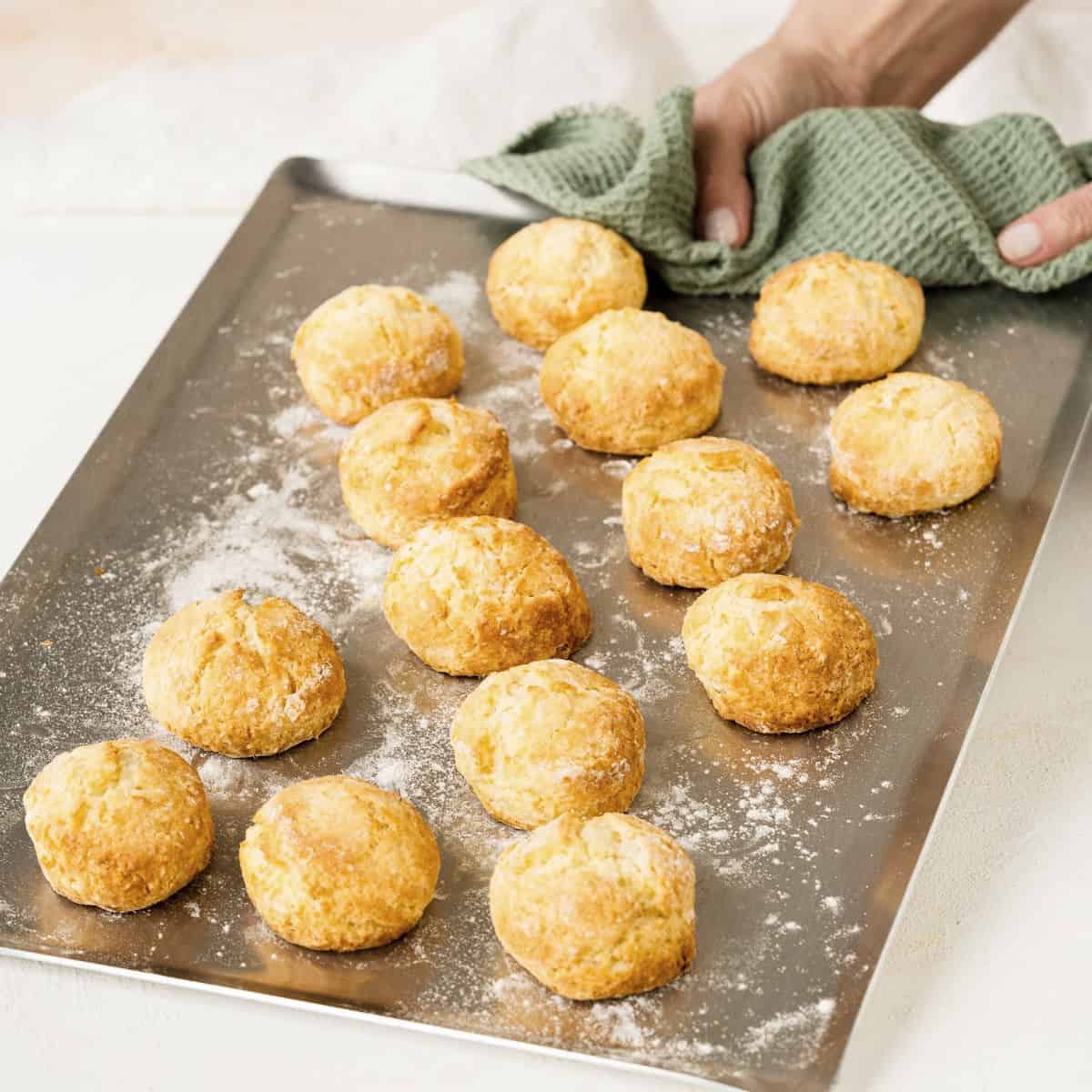
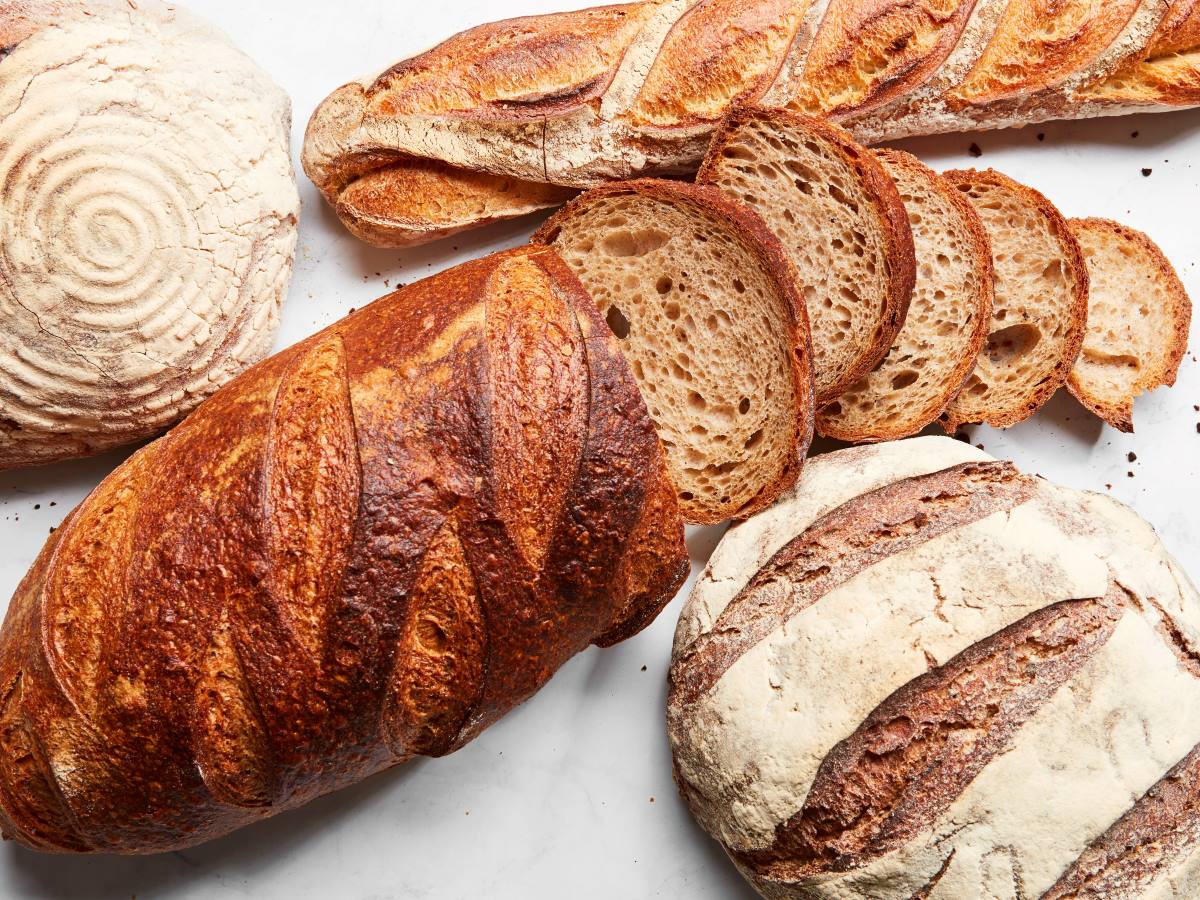
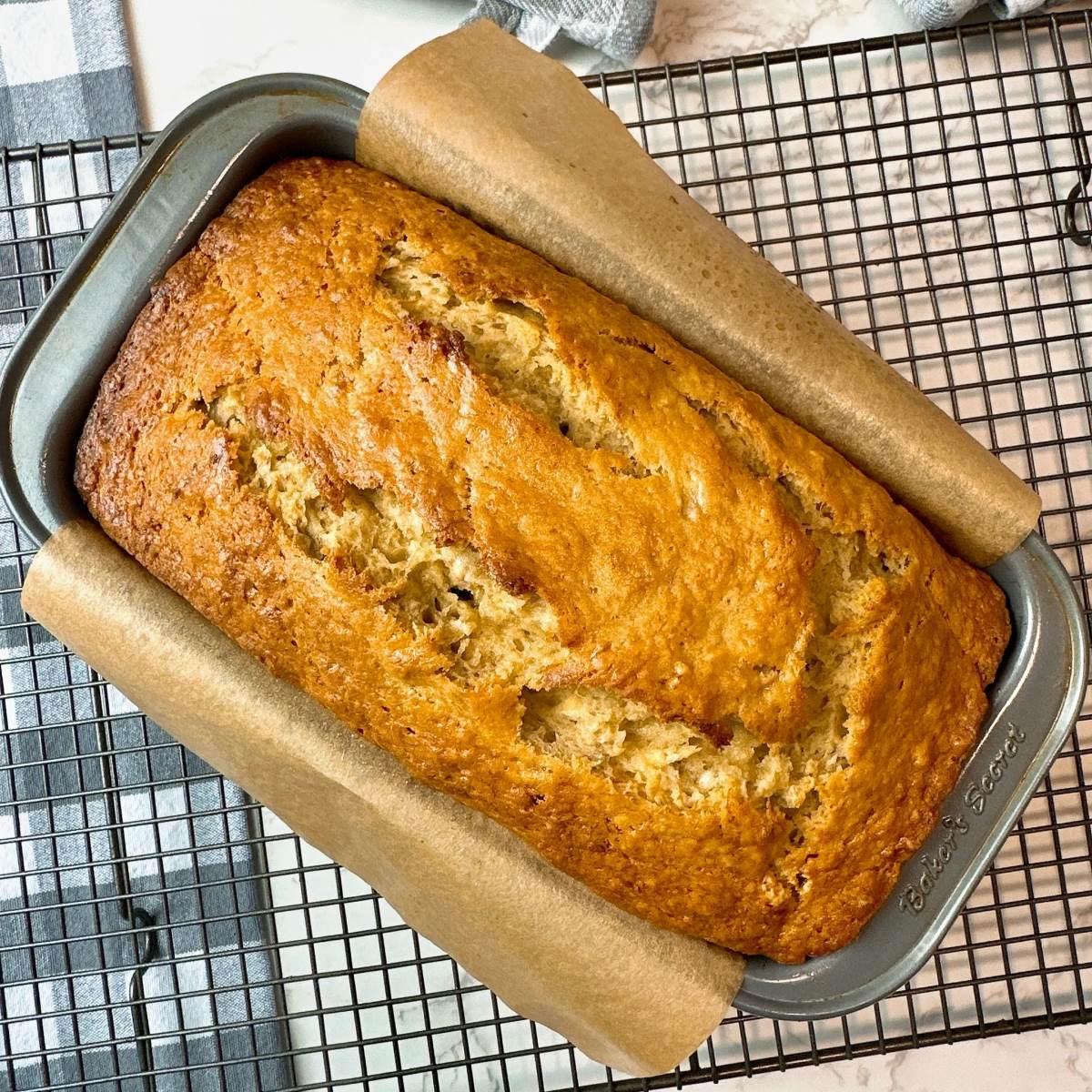
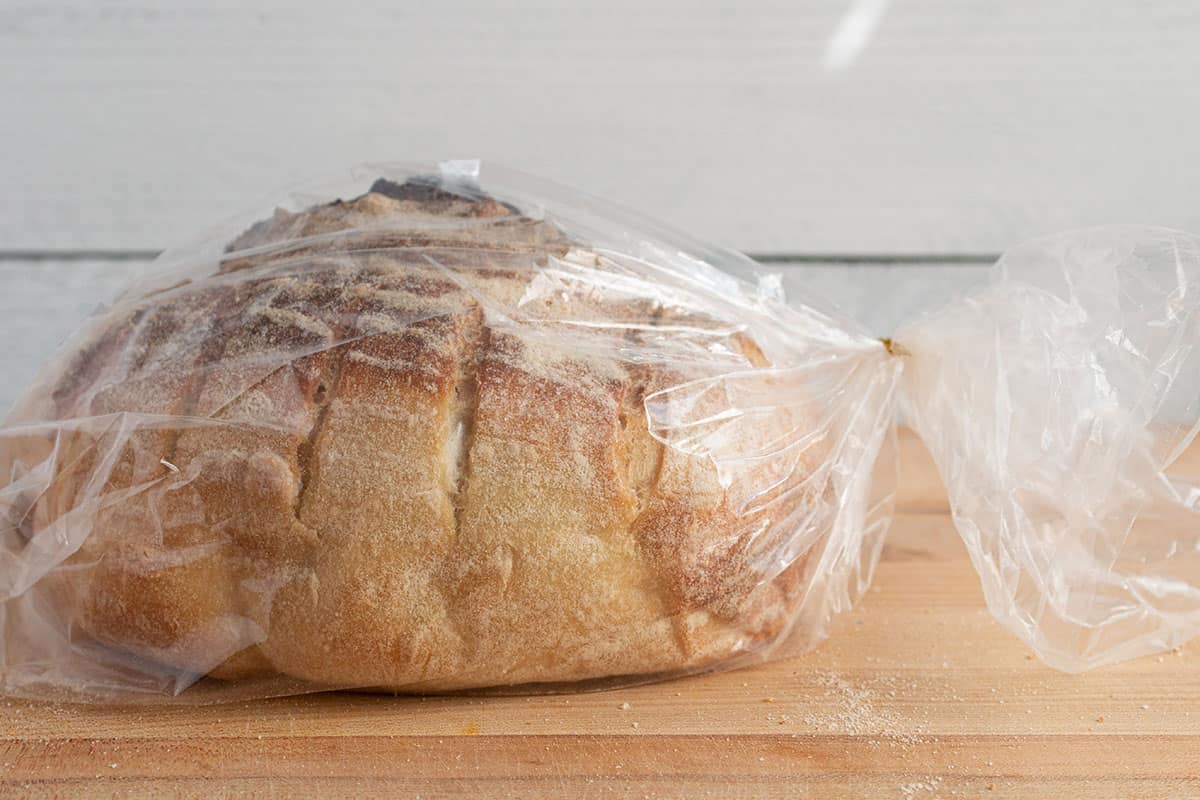
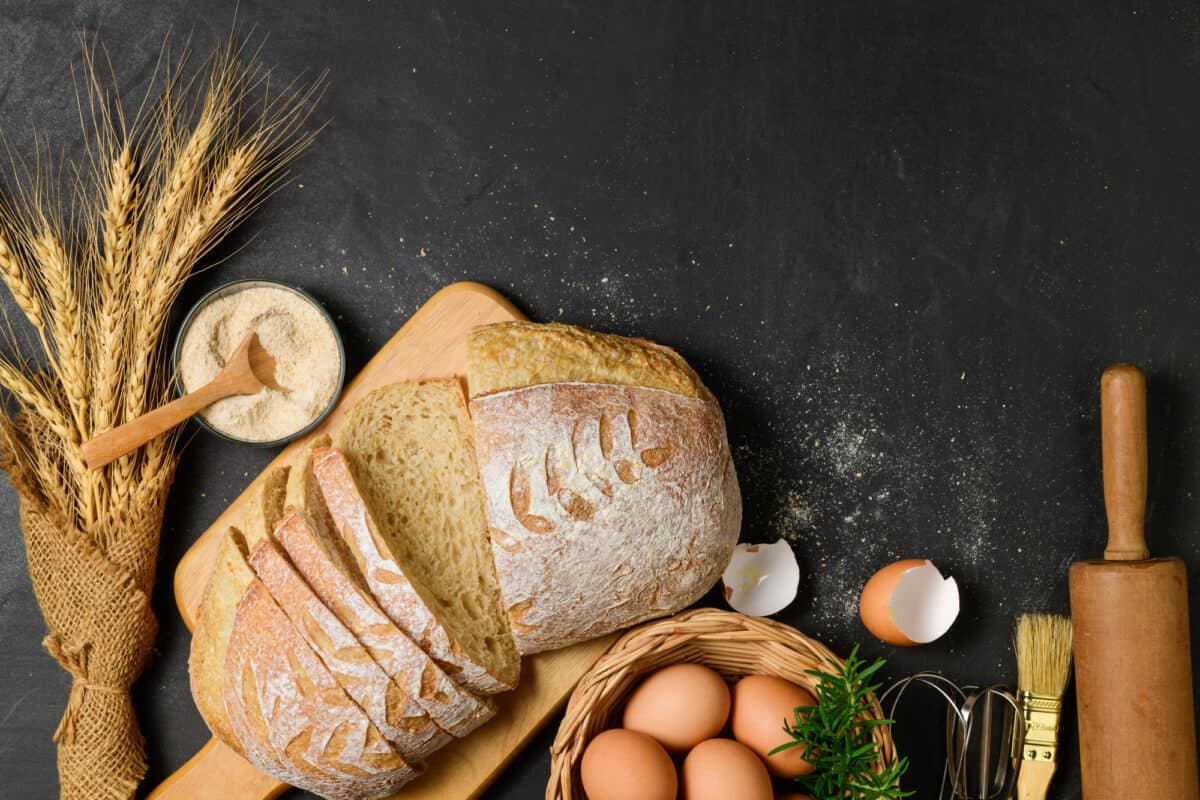
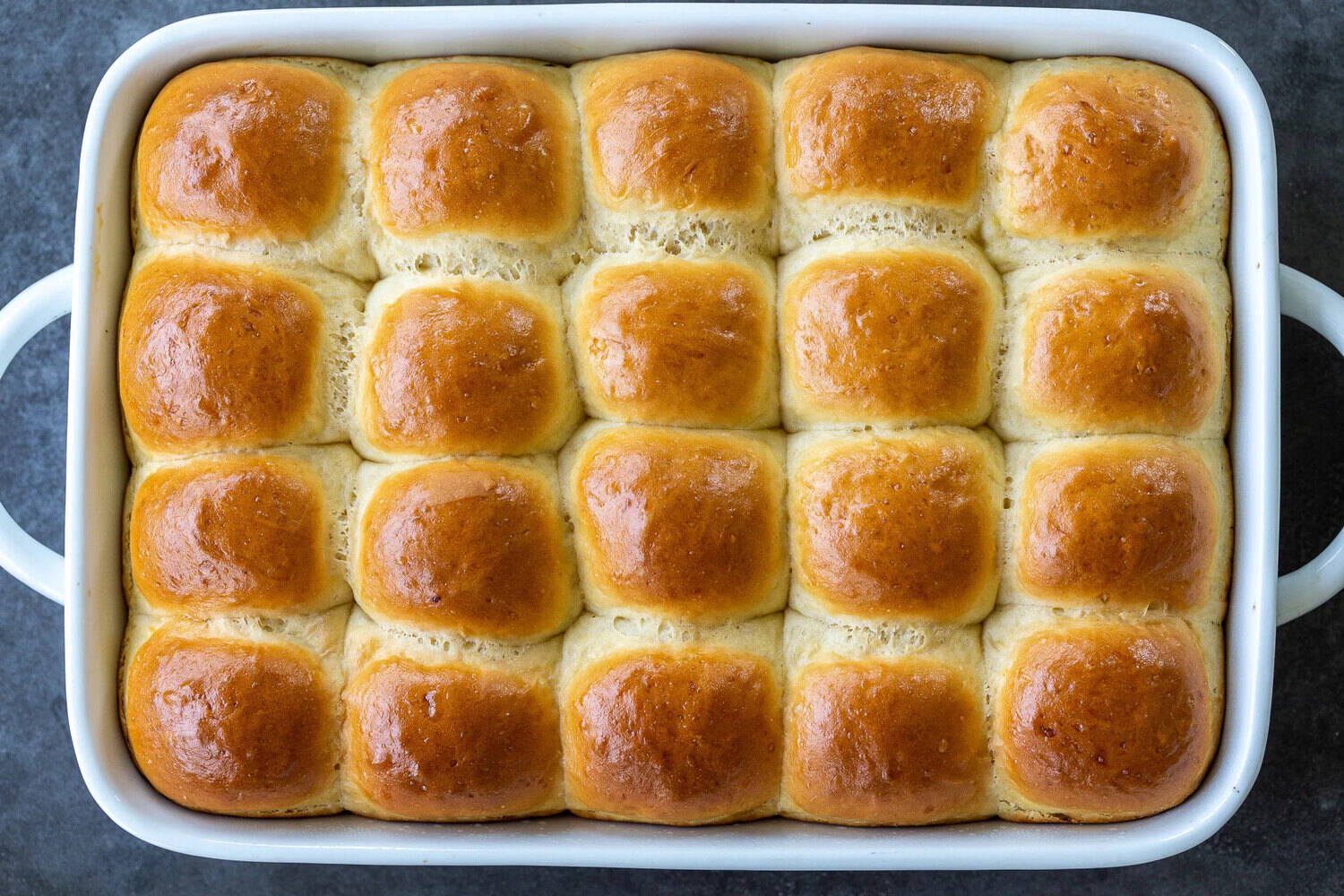
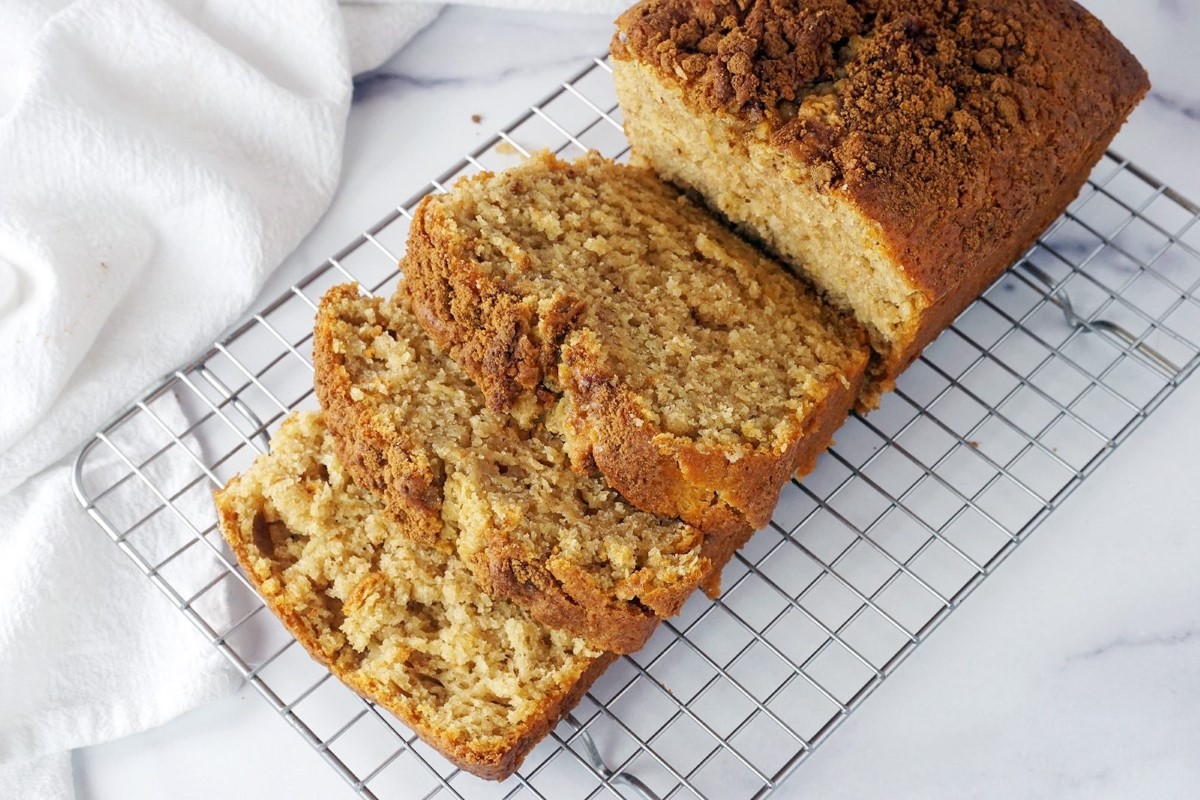
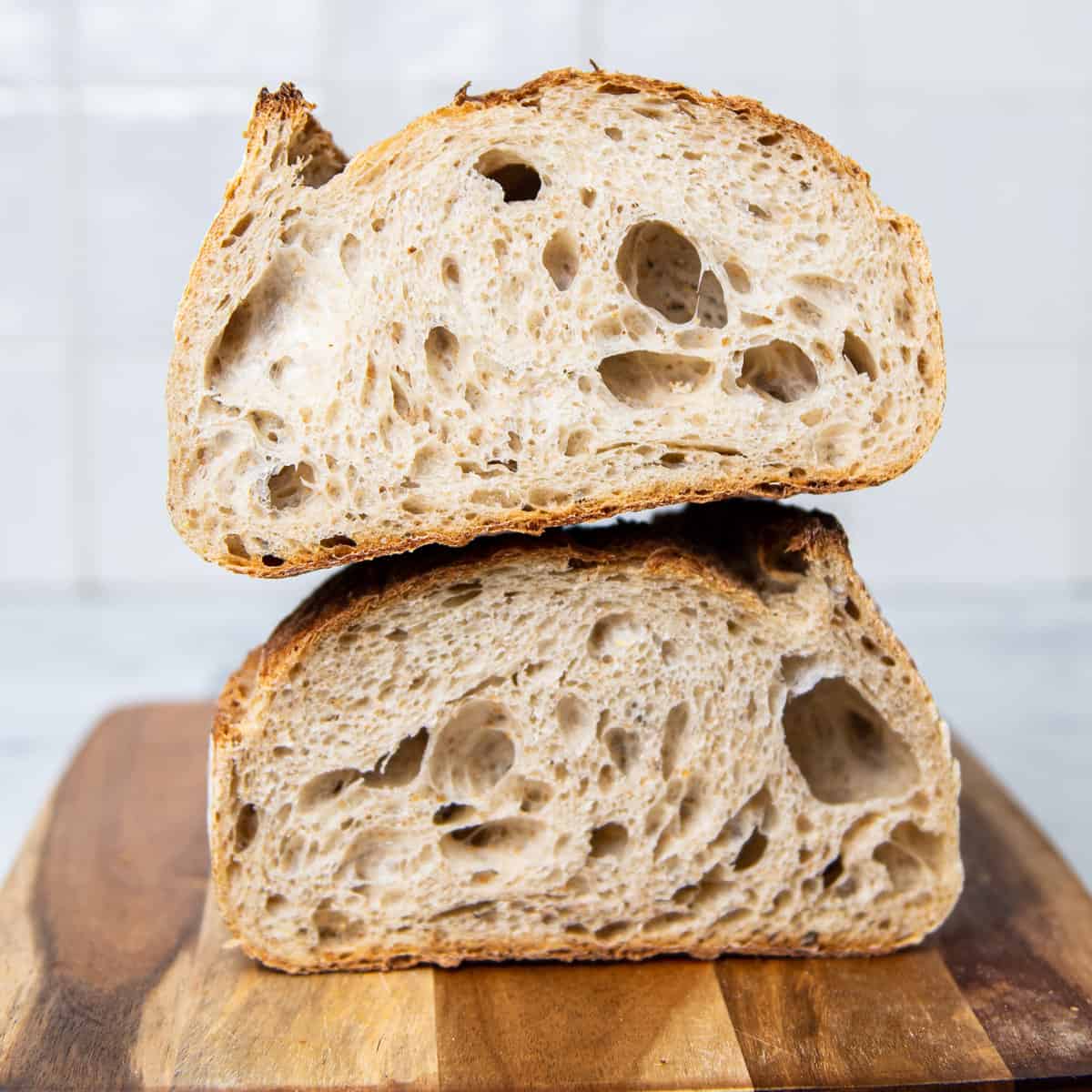
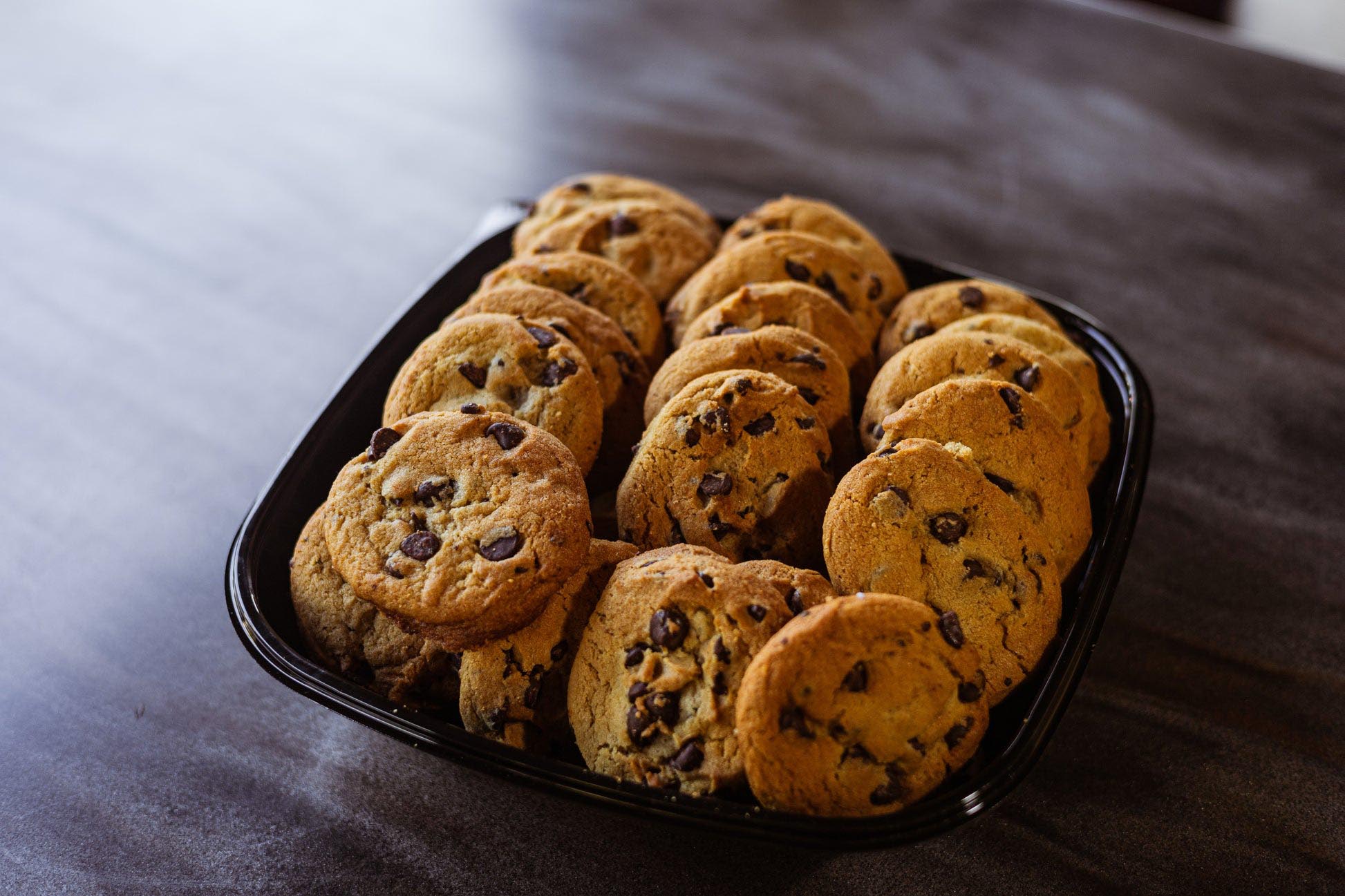




0 thoughts on “How To Store Fresh Baked Bread After Cutting”